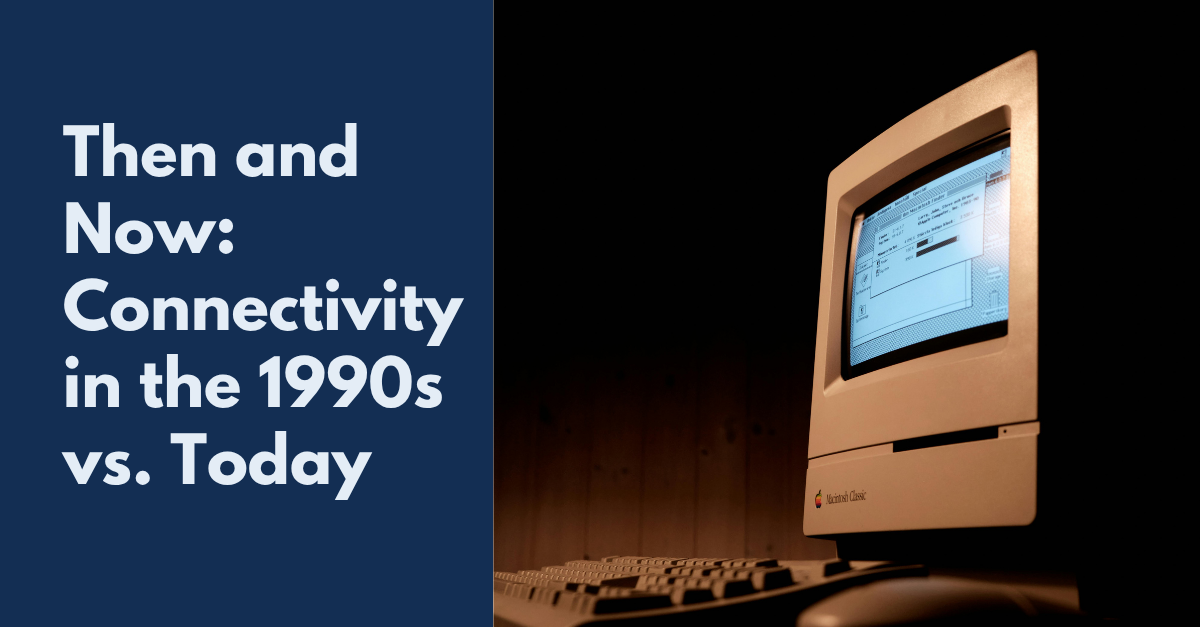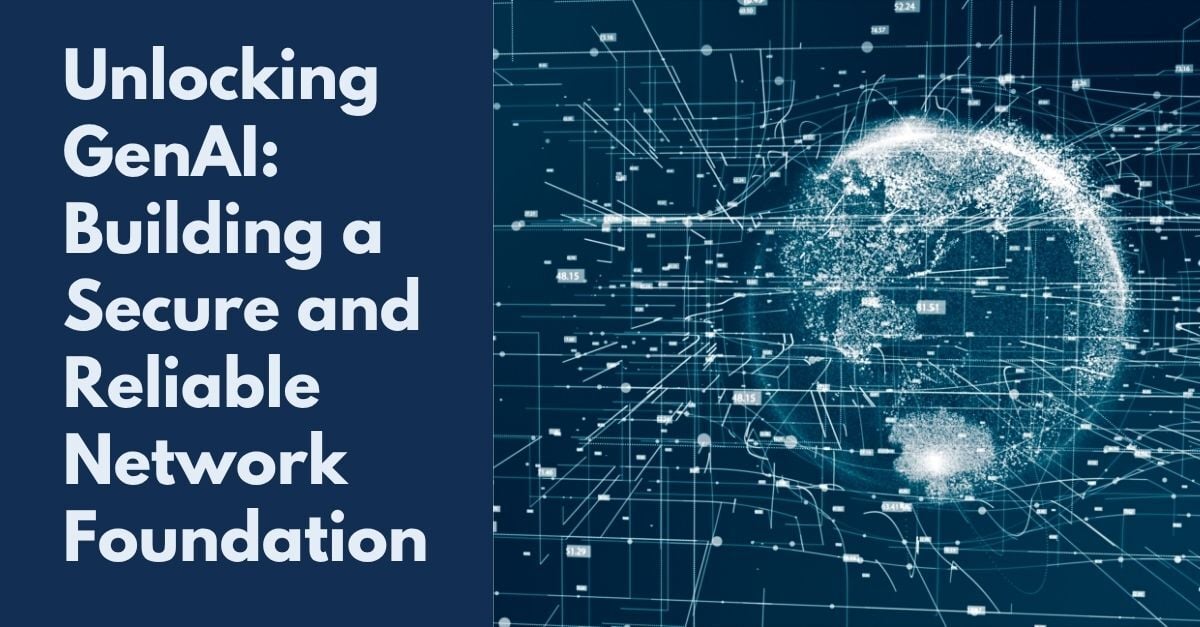Unlocking GenAI: Building a Secure and Reliable Network Foundation
Generative AI (GenAI) is moving fast. It’s already reshaping how organizations conduct research, manage data, and make decisions. But as the...
2 min read
Michael Joseph : Nov 18, 2025 9:56:28 AM

In the 1990s, connectivity was physical. Wires, switches, and routers sat in a closet you could point to. The internet was slow but simple. Networks had clear boundaries, and IT teams could see every device they managed. When something failed, you knew where to look.
Today, connectivity is abstract. Data moves through layers of private circuits, cloud providers, and virtualized infrastructure. Applications are everywhere at once. The network perimeter is gone, replaced by an ever-changing web of endpoints, users, and policies. Visibility has never been more critical—or more difficult.
Networks of the 1990s were built for stability, not scale. Each link had a known capacity. Each user sat behind a predictable topology. A firewall and backup tape were considered good security. Outages were visible, contained, and usually fixable by a single engineer with console access.
Modern networks behave more like living & breathing systems vs static infrastructure. A single transaction may cross multiple clouds, data centers, and Internet Service Providers (ISPs) before it completes.
Performance issues are no longer local—they can originate anywhere in the chain. The line between networking and security has blurred, and automation has replaced much of the manual work that once defined network operations.
At Technium, we see this shift in every customer environment. Our clients in biotech, finance, and healthcare rely on continuous data movement between labs, clouds, and regulatory environments.
A few seconds of latency can interrupt research, patient care, or trading. Ensuring that data flows securely and predictably across such complexity requires new thinking about what “the network” even means.
The fundamentals remain. The network still underpins every digital service. Downtime still costs money and reputation. What’s different is that the stakes are higher, and the boundaries have vanished.
The next phase of connectivity will center on precision. CIOs and CTOs are no longer asking, “Is the network up?” but “Can we prove it’s performing as intended?” The focus is shifting from uptime to assurance, from reacting to predicting.
At Technium, we are trusted by some of the largest enterprises in the world to operate exceptional networks. We hold direct responsibility for the management of the Northeast Network Fabric, a key component in New England’s internet and cloud traffic data exchange. That responsibility shapes how we design, build, and operate every customer environment: with the same expectations of precision, resilience, and measurable performance.
We build and operate the networks that make this possible: secure, high-performance fabrics that link on-prem systems, data centers, and clouds with measurable reliability. The tools are new, but the mission is familiar: keep people and data connected without compromise.

Generative AI (GenAI) is moving fast. It’s already reshaping how organizations conduct research, manage data, and make decisions. But as the...

2 min read
For small to medium-sized businesses, particularly in biotech, healthcare, and research, funding isn’t always consistent. Grants, third-party...
.png)
2 min read
In today's digital landscape, businesses are increasingly reliant on a complex web of interconnected technologies. From on-premises to data centers...